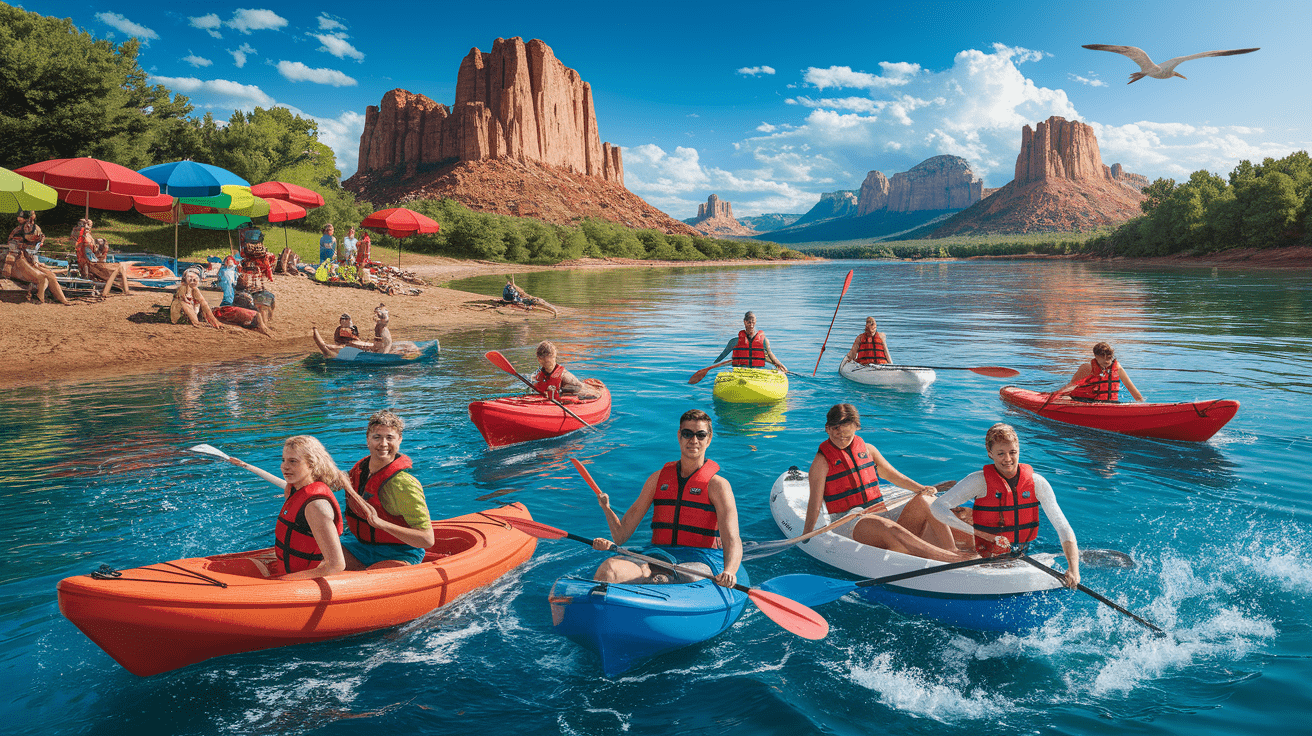Stay Afloat in St. George: Essential Water Safety and Boating Tips
Splash Safely from Day One
If you’re planning to enjoy the sparkling waters around St. George—whether at Sand Hollow Reservoir, Quail Creek Reservoir, or farther afield at Lake Powell—it’s smart to take safety seriously from the very start. Here in southern Utah, our lakes and rivers can change conditions quickly. Even if you’re not planning to take a dip, always be aware of water edges, especially when snowmelt or rain causes swift currents.
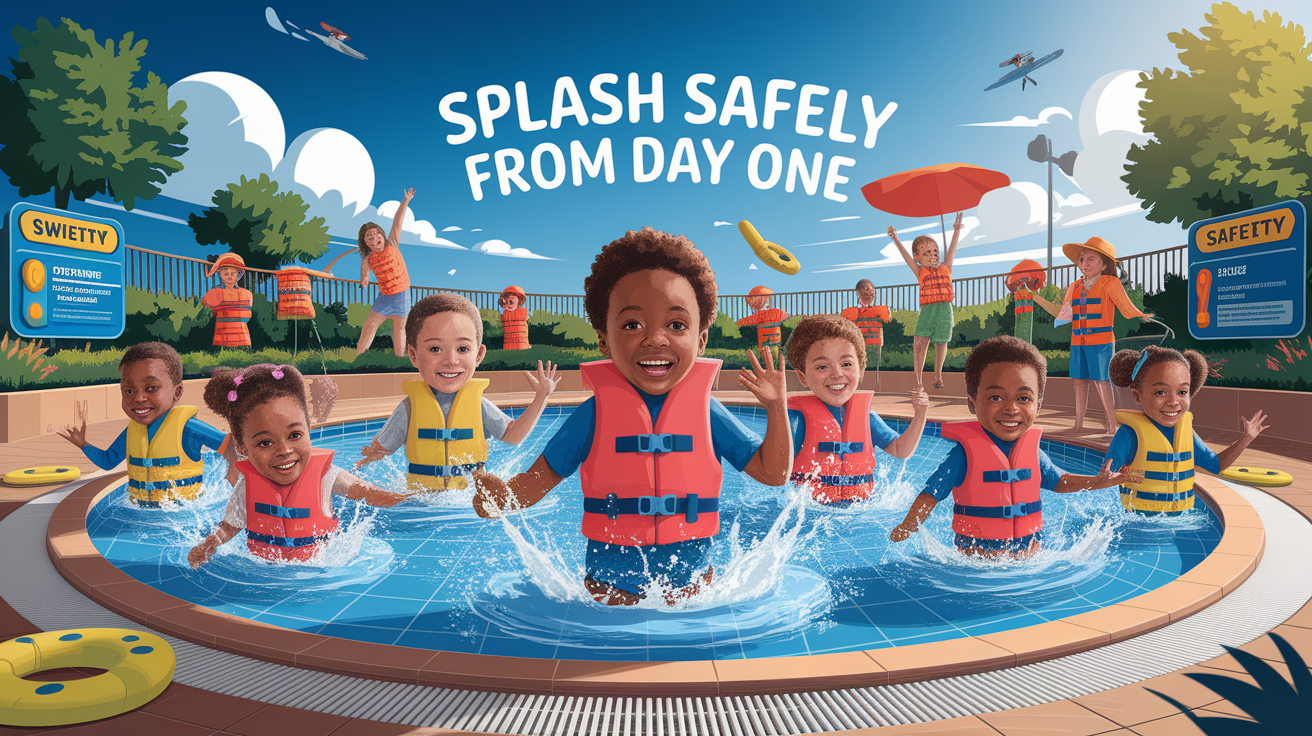
Before your day on the water, take a moment to check the weather forecast. Sudden storms or heavy rain can raise water levels fast, making activities like swimming or paddling hazardous. The combination of preparation and awareness is the key to a fun and safe outing.
Life Jackets and Personal Flotation Devices
Wearing a life jacket is one of the most effective ways to prevent drowning. Utah law requires a properly fitted, U.S. Coast Guard-approved personal flotation device (PFD) for each person on board when boating. Water toys like inflatables or water wings aren’t considered safety equipment and can give a false sense of security.
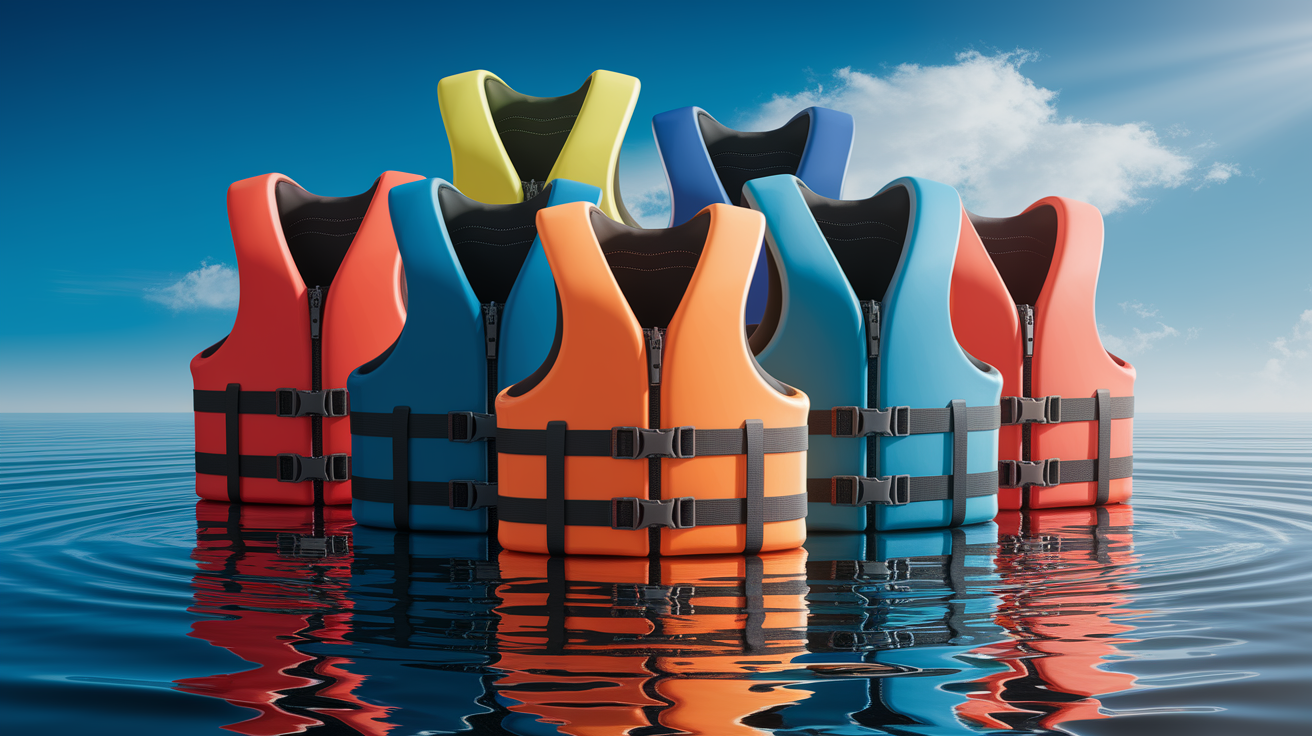
For kids, life jackets should fit snugly and stay fastened. Adults often assume they can swim well enough without one, but even strong swimmers can get into trouble in cold or rough water. For a full list of PFD requirements, you can review this guidance from the Utah Safety Council.
Boating Best Practices on St. George Waters
Out on the water, whether fishing, cruising, or waterskiing, safe boating practices are essential. Make sure your boat registration is up to date, your craft passes any required safety inspections, and you know the Utah boating laws for speed limits, navigation rules, and capacity limits.
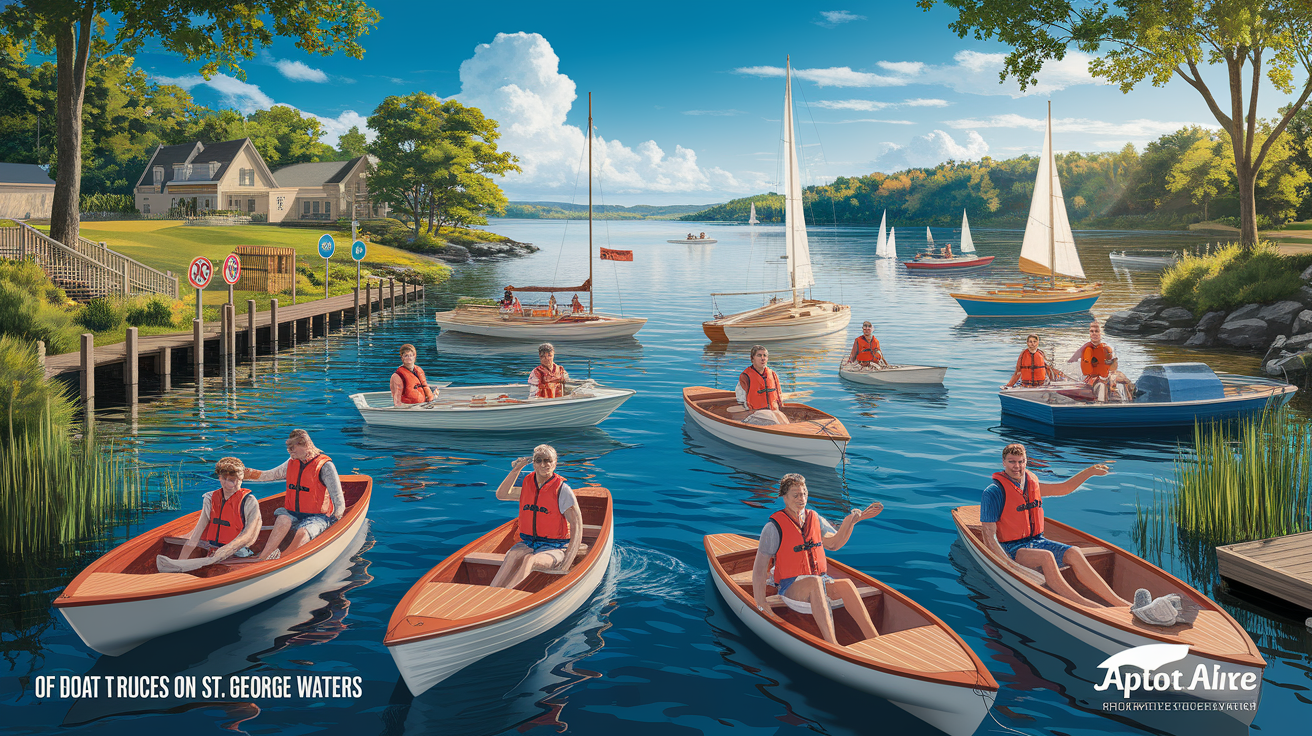
- Always carry emergency signaling devices like a whistle or a waterproof cell phone case.
- Know the weather conditions before launch and keep an eye on shifts in wind or clouds.
- Never operate a watercraft under the influence of alcohol—Utah’s strict boating DUI laws are there for everyone’s safety.
- Enroll in a Utah marine safety or boater education course. It’s valuable even if you’re experienced.
These habits not only protect you but also make your time on lakes and reservoirs calmer and more enjoyable.
Understanding Local Advisories and Hazards
Here in the St. George area, local agencies monitor water quality at recreational spots. Sometimes, harmful algal blooms or bacteria levels trigger advisories. Check the Utah Department of Environmental Quality for current conditions before you head out.
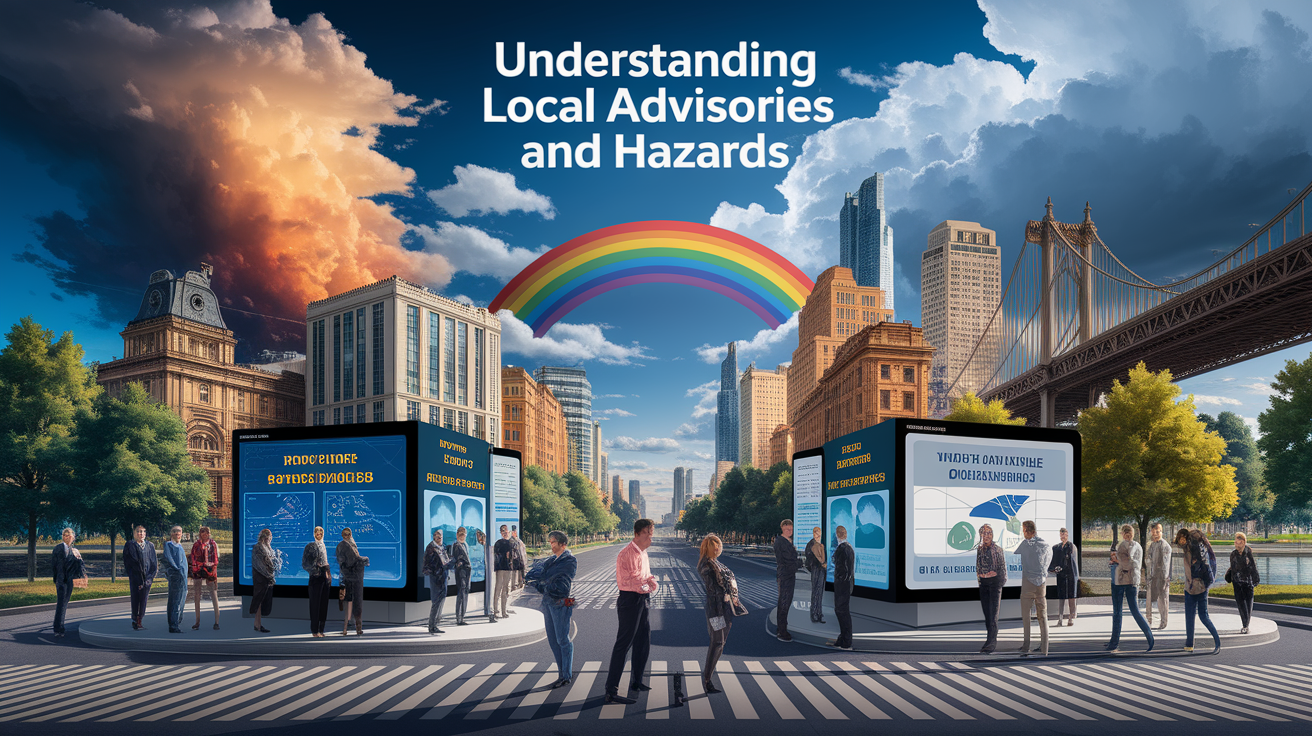
- Warning Advisory: Avoid swimming or water skiing; take extra precautions during boating.
- Danger Advisory: No swimming, skiing, or even boating for safety and health reasons.
Also remember, in early spring, cold runoff from nearby mountains can cause hypothermia in minutes. Steer clear of fast-flowing rivers or stream edges when conditions are risky.
Designating a Water Watcher and Emergency Response
One of the simplest yet most effective safety measures is having someone act as a dedicated “water watcher” to keep an undistracted eye on swimmers at all times—especially children. Learn more about this approach through Utah’s Water Watcher program.
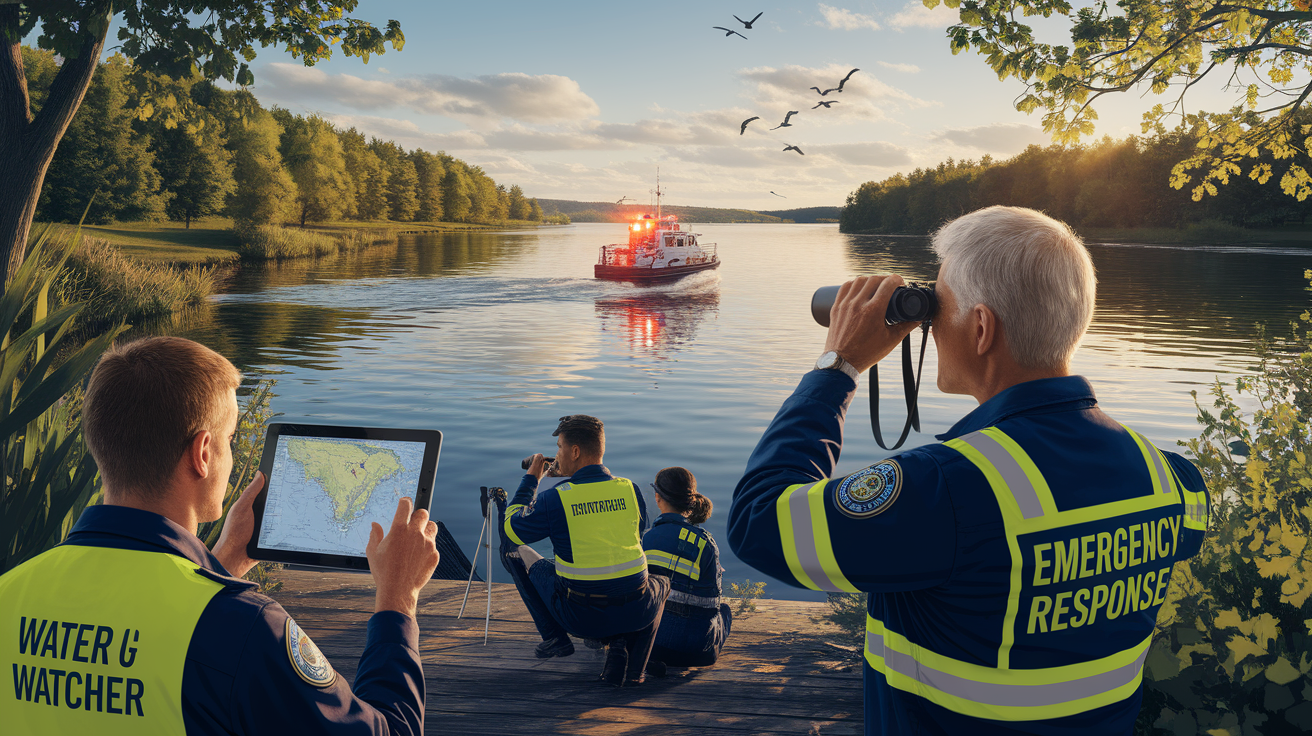
If an emergency happens, remember:
- Call 911 immediately.
- Throw a flotation device—don’t enter the water unless professionally trained to do so.
- Use clear signals to alert others nearby.
Quick thinking and a calm response can make all the difference.
Pool and Shoreline Safety near St. George
Many St. George homes and resorts feature private pools, and gentle shorelines are common at our reservoirs. These spots feel safe, but accidents can happen in seconds. The University of Utah’s water safety tips recommend key steps:
- Enclose pools with fences at least four feet high, and consider gate or door alarms.
- Remove toys and floats from the water after use—they can tempt children to reach in unsupervised.
- Always keep rescue equipment and a phone nearby.
Whether you’re at a backyard pool or sitting lakeside, constant supervision and a few prevention measures go a long way toward keeping everyone safe.
Eco-Friendly Boating and Water Protection
Our waterways are a treasure, and it’s up to all of us to keep them healthy. The Washington County Water Conservancy District encourages boaters and residents to avoid letting chemicals, detergents, or fertilizers enter storm drains or lakes. This helps preserve water quality for recreation and drinking water supply.
Simple steps include:
- Refuel away from the water’s edge to prevent spills.
- Clean and maintain your boat to avoid introducing invasive species.
- Use biodegradable products when washing your boat or gear.
By boating responsibly, you’ll keep St. George’s lakes and reservoirs scenic and safe for years to come.
Smooth Sailing Ahead
Enjoying the waters around St. George—whether paddling, fishing, tubing, or cruising—can be one of the highlights of living in or visiting southern Utah. With the right preparation, respect for the laws and environment, and a commitment to safety for yourself and others, you’ll be set for memorable adventures without unnecessary risks.
So check your gear, know the rules, and head out ready to make the most of your time on our beautiful waters. Safe boating and happy exploring!

